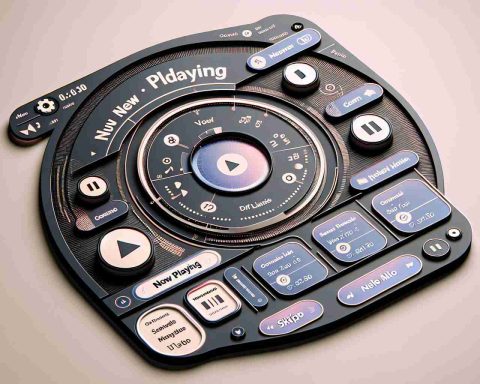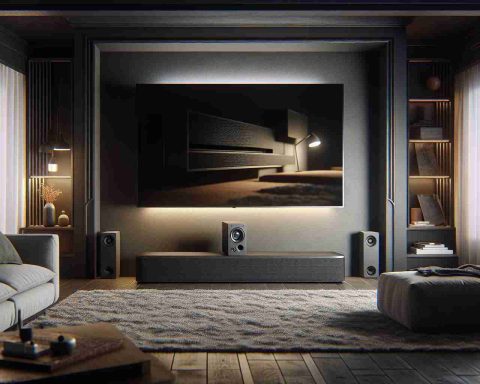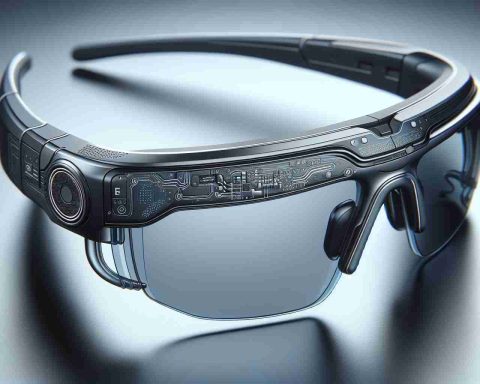When selecting a flashlight, it’s essential to consider its brightness, which can significantly enhance visibility in dark areas. A flashlight’s effectiveness lies in the control over its light output; however, extreme brightness in confined spaces may hinder visibility as much as darkness does. The lumens rating serves as a key indicator of brightness level. Generally, flashlights emit between 20 and 3,500 lumens, yet a typical model for everyday tasks usually offers around 100 lumens, suitable for illuminating objects within a 20 to 30-foot range. Some models provide adjustable lumen settings for customized brightness.
Another crucial aspect is the type of bulb. Flashlights commonly use LED, incandescent, or krypton bulbs. Incandescent bulbs function similarly to traditional home bulbs, relying on a heated filament to produce light. In contrast, modern flashlights often utilize LED technology for its energy efficiency, minimal heat production, and impressive longevity. While krypton bulbs also employ a filament, they operate with a gas mixture that enhances luminosity. Although LEDs may carry a higher initial cost, their durability and efficiency make them a preferred choice.
Additionally, the beam style impacts how effectively light can be projected. Flashlights can produce flood, spot, or adjustable beams. Flood beams are ideal for illuminating wider areas, while spot beams are suitable for targeting objects at a distance. For versatile needs, adjustable beams allow users to switch between flood and spot for optimal lighting in varying situations.
Choosing the Right Flashlight: Factors Beyond Brightness, Bulb Types, and Beam Styles
When selecting the right flashlight, many may focus primarily on brightness and bulb types, but a comprehensive understanding of additional factors can significantly influence your choice. Here we delve into the essential aspects that often go overlooked, including battery life, durability, size and weight, material composition, and user-specific needs.
Key Questions to Consider
1. What is the ideal battery choice for my needs?
– Different flashlights use various battery types, including disposable alkaline, rechargeable lithium-ion, or even built-in rechargeable batteries. Alkaline batteries are widely available but may require frequent replacements if the flashlight is used often. Lithium-ion batteries, while more expensive initially, often offer longer battery life and rechargeability.
2. How does the flashlight’s construction affect its performance?
– The material and build quality of a flashlight can greatly impact its durability. Look for models with aircraft-grade aluminum or high-impact plastic, which can withstand drops and harsh conditions. Water resistance ratings (IPX ratings) are also crucial; a flashlight with an IPX4 rating or higher is suitable for wet conditions.
3. What are the ideal dimensions for portability?
– Size and weight are significant for those who intend to carry their flashlight daily. Compact models are easier to store in pockets or bags, while larger ones might offer more features but be less portable. Consider your intended use—whether for emergency preparedness, hiking, or everyday carry—when assessing size requirements.
Advantages and Disadvantages of Flashlight Features
Brightness:
Advantages: Higher lumens can enhance visibility over greater distances, which is essential for locating objects or navigating in complete darkness.
Disadvantages: Excessive brightness can create glare or lead to temporary blindness if used improperly, especially in close quarters.
Bulb Types:
Advantages of LEDs: Long lifespan, energy efficiency, and lower heat production make LEDs the best choice for most users.
Disadvantages of Incandescent Bulbs: Shorter lifespan and higher heat generation, which can lead to burns or damage the flashlight body.
Beam Styles:
Advantages of Adjustable Beams: Provide flexibility for various situations, allowing users to focus light for detailed tasks or spread it out for general visibility.
Disadvantages of Fixed Beams: While simpler, they lack the versatility needed for changing environments.
Challenges and Controversies
While choosing the right flashlight, users often encounter conflicting opinions regarding ‘ideal’ brightness levels. While many experts recommend around 300 to 500 lumens for general use, some enthusiasts argue for much higher ratings for emergency preparedness. Additionally, the debate on whether one should opt for rechargeable versus disposable batteries remains contentious. Rechargeable batteries, though environmentally friendly and cost-effective in the long run, often have a higher upfront cost and longer charging times.
In conclusion, choosing the right flashlight extends beyond merely assessing brightness, bulb type, and beam style. By considering battery life, durability, size, and personal requirements, users can select a flashlight that meets their specific needs, ultimately ensuring safety and convenience in dark situations. For more information on different types of flashlights and their uses, visit Flashlight World.

















